
When Magnum photographer Martin Parr went to lecture at China’s Central Academy of Fine Arts in 2007, he met one part of the photographic duo WassinkLundgren – Dutch photographer Ruben Lundgren, who was then a graduate student at the university. The two ended up strolling through the streets of Panjiayuan, the famous 12-acre antique market in Beijing, where they found a few books with propaganda images published by the new Communist China in 1950s.
From that walk, a relationship around Chinese photobooks was born. At the time, Parr, a collector and co-author of The Photobook: A history, Vol. I, II and III, had only a few Chinese books shortlisted in his survey of the phenomenal rise of photobook publishing. With Lundgren’s help, Parr was able to expand his collection. “You know, when you have something nice in your hand, you buy it,” Lundgren tells TIME.
Years of efforts have eventually made it possible for the publication of The Chinese Photobook, to be released by Aperture in late spring, as well as a traveling exhibition-first revealed at Les Rencontres d’Arles last summer and now at Aperture Gallery in New York-allowing audiences to marvel at what Parr describes as “the forgotten gold” in the history of photographic publishing.
“When [a country] publishes a book on the history of its photobooks, most of the books are already known,” Lundgren says. “Both in and outside China, this history has just never been written before.”
To fully explore this untold history, The Chinese Photobook includes seven chapters, beginning with the pre-1949 era, the Manchuria and the Sino-Japanese War, the establishment of new China, state publishing during the Cultural Revolution era and beyond, all the way to contemporary Chinese photography. These chapters say as much about China’s dramatic modern history as it does about photography itself.
Having lived in China for many years, Lundgren is familiar with a younger generation of photographers who are no longer content with regional confines and instead are becoming more eager to get noticed internationally. “The level is getting higher, the creativity is getting higher,” says Lundgren. “The progress is very fast.”
While on the international stage the photobook market has boomed thanks to self-publishing, which enables artists to take control of their work, in China, self-publishing is often the only option to avoid China’s strict publishing laws. “I see a lot of younger photographers now just skip this whole ISBN idea and just put it in their own hands,” says Lundgren.
Parr and Lundgren might now find themselves the target of these same restrictive laws, as they are in discussions with a Chinese publisher to release their book in China, and they are well aware of the potential push backs to eliminate content on sensitive topics such as the Tiananmen Square crackdown in 1989.
“We decided [to] finish the English version first, and then we’ll just see where the trouble might hit in [for the Chinese version] and how far we can push it,” says Lundgren. “It could be as simple as sticking in another page, but definitely we’ll have to make a compromise here and there.”
Publishing the book in China, Lundgren believes, will help Chinese photographers find links to a larger photographic history of China. “It’s for younger photographers to see that you don’t start a world by yourself. The things you do have a background,” he says.
Aperture Gallery in New York will host an opening reception for The Chinese Photobook exhibition on Feb. 11. Co-curator Ruben Lundgren will give a walkthrough of the exhibition on Feb. 14.
Myles Little, who edited this gallery, is an Associate Photo Editor for TIME.
Ye Ming is a contributor to TIME LightBox. Follow her on Twitter and Instagram.
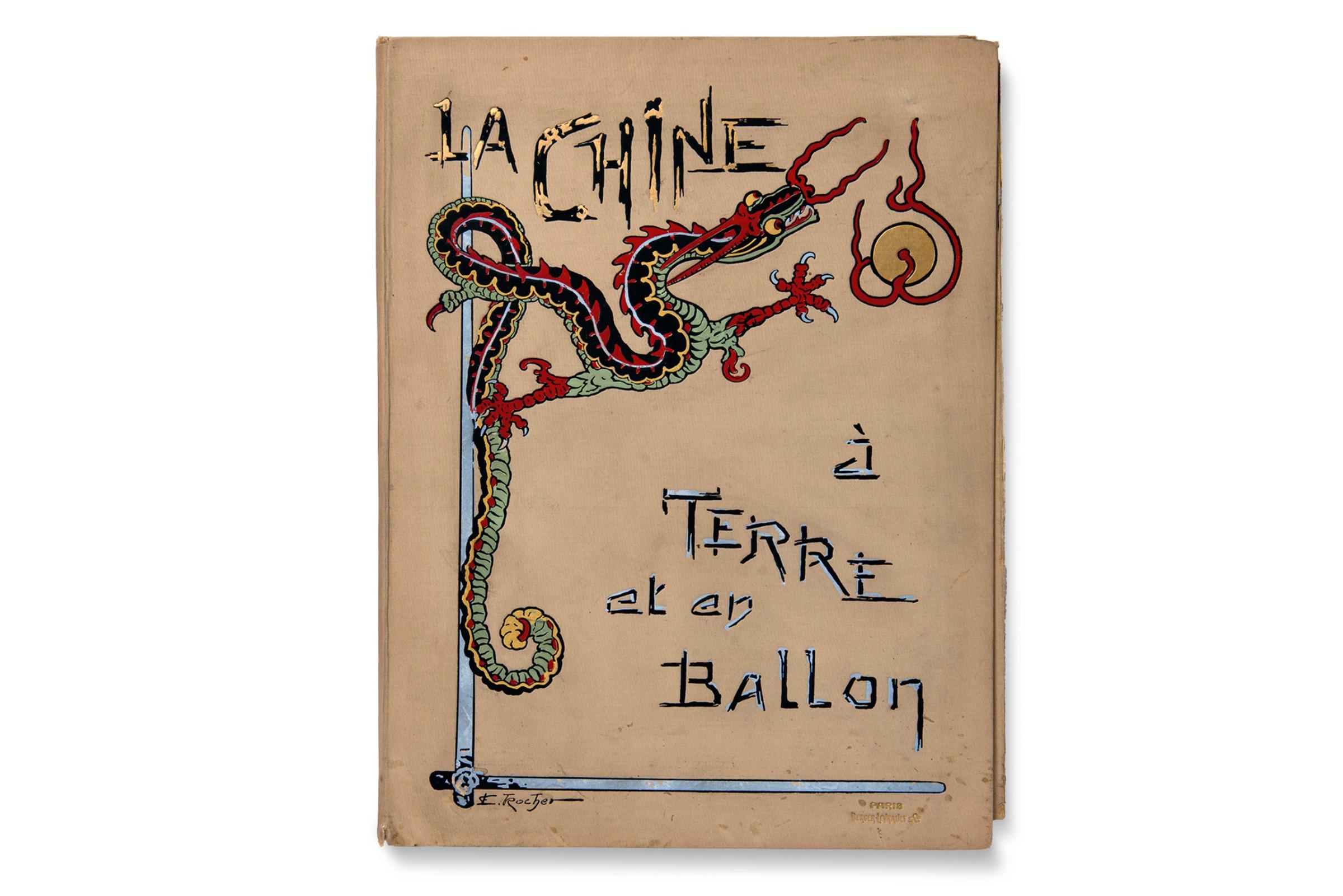
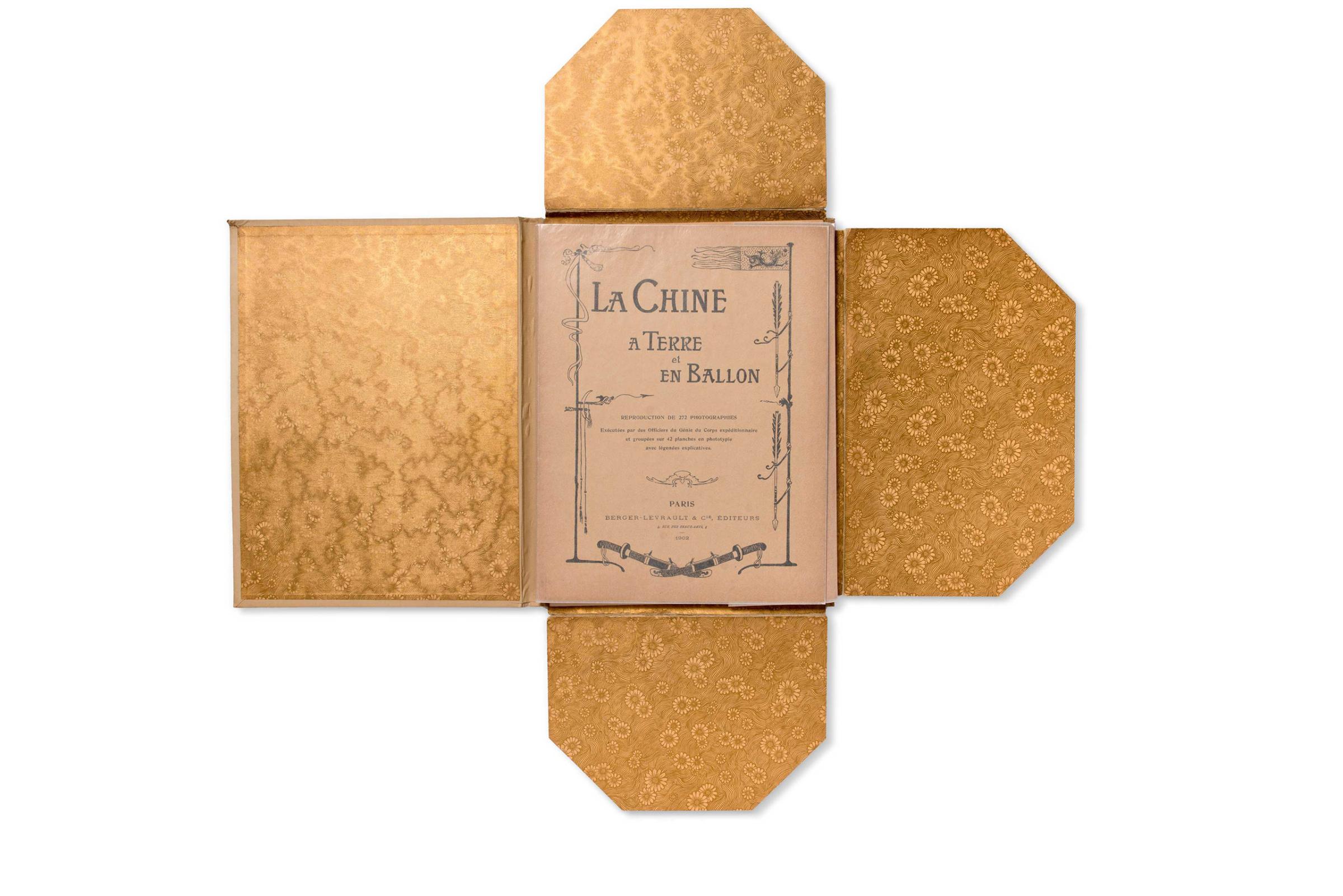
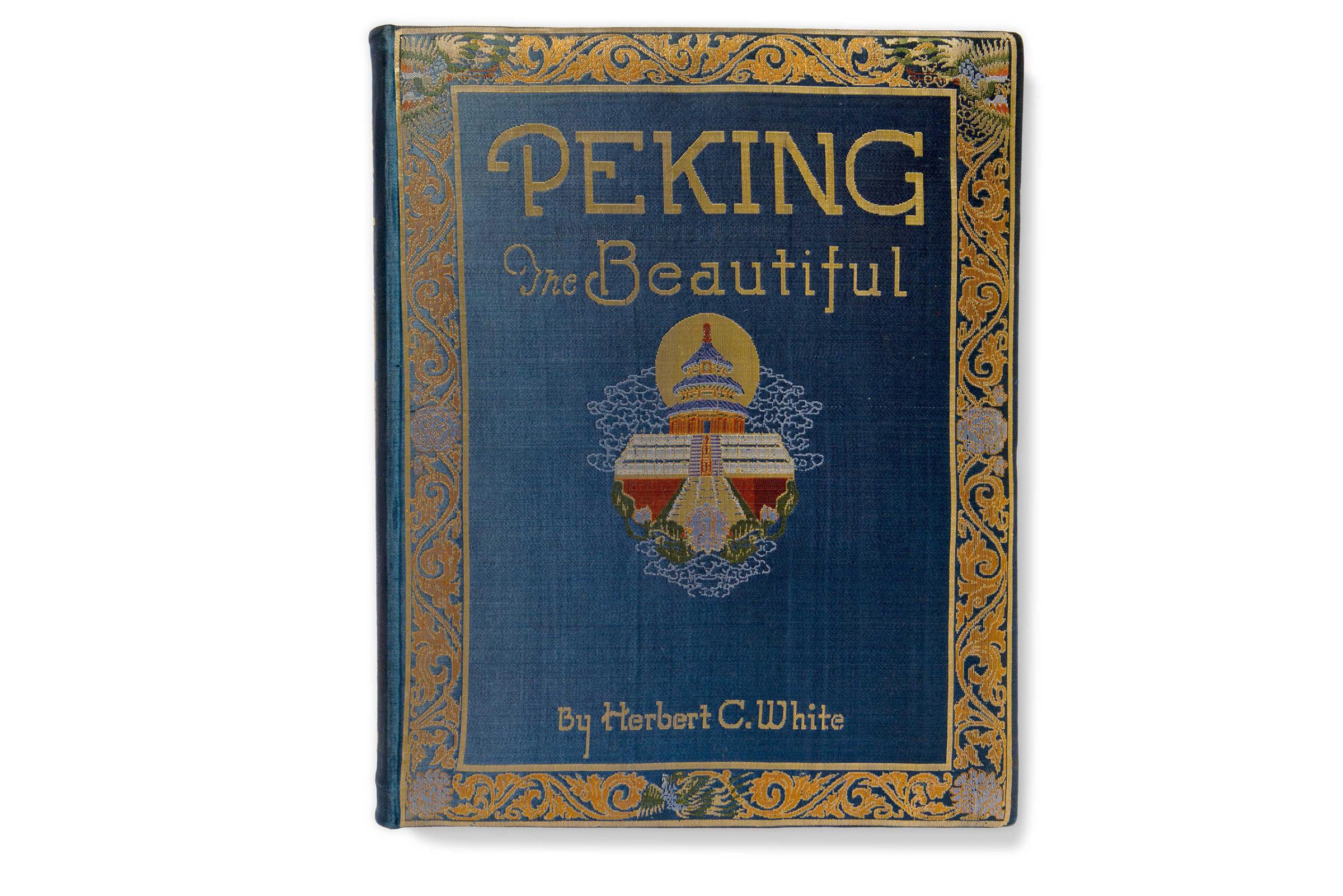
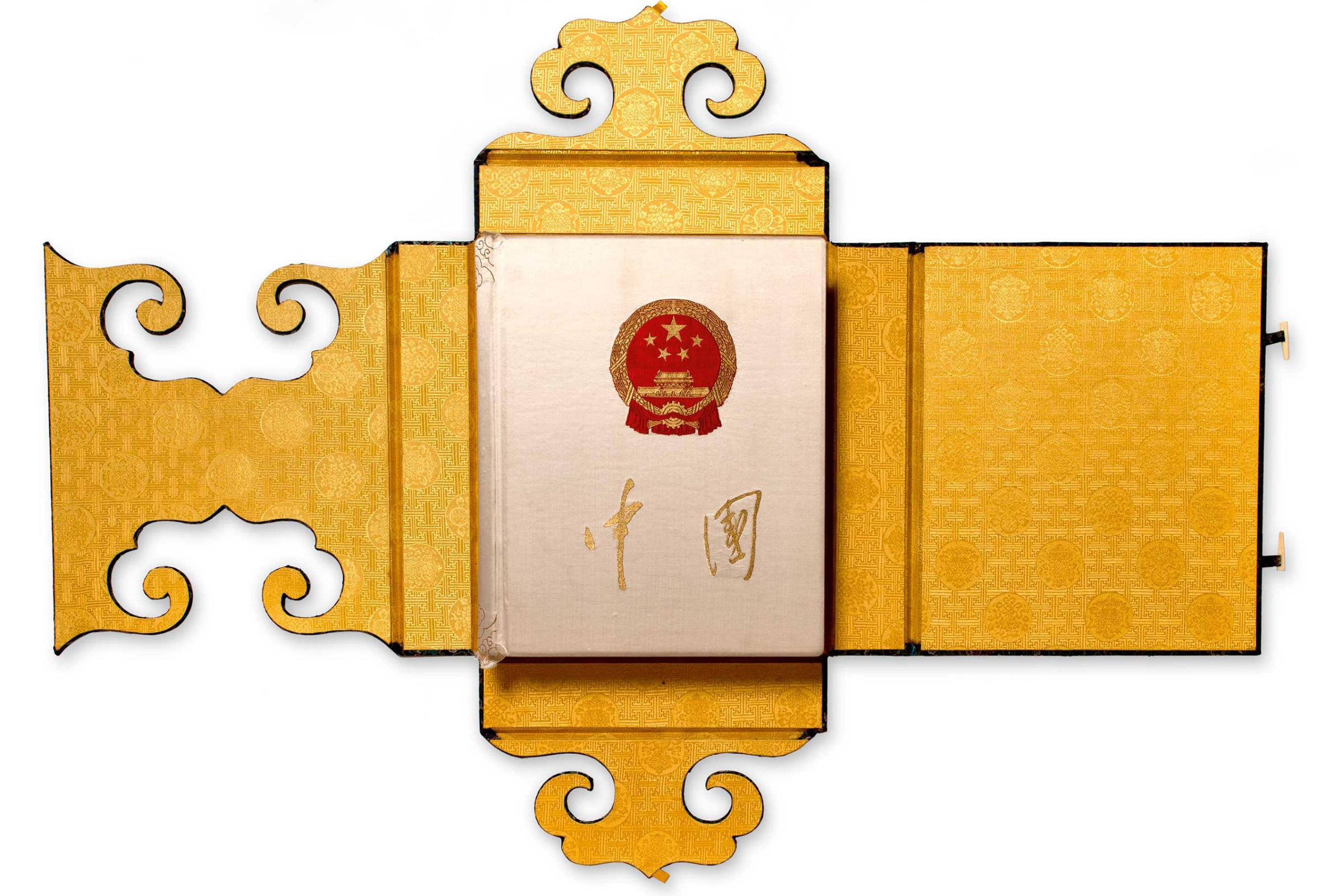

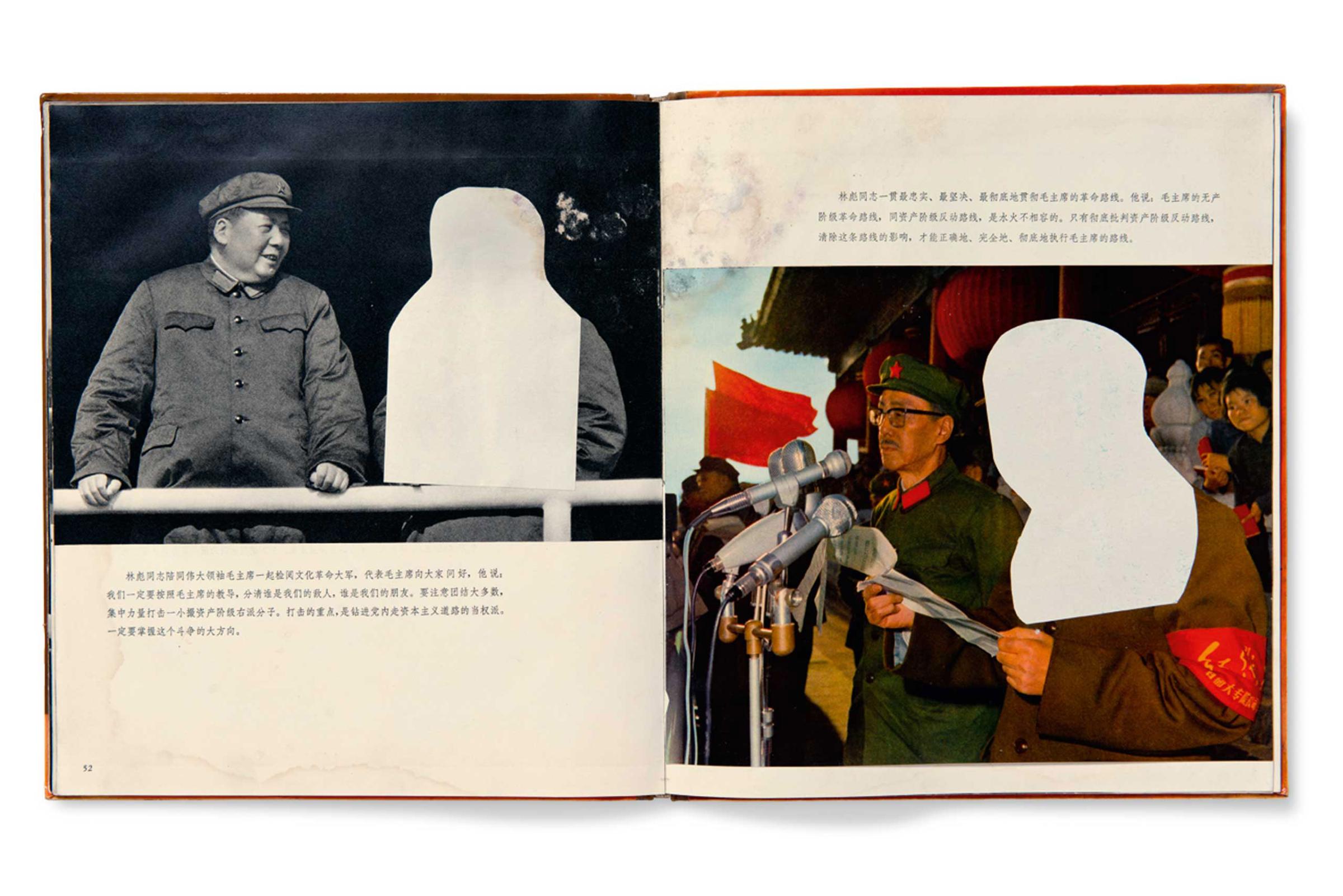
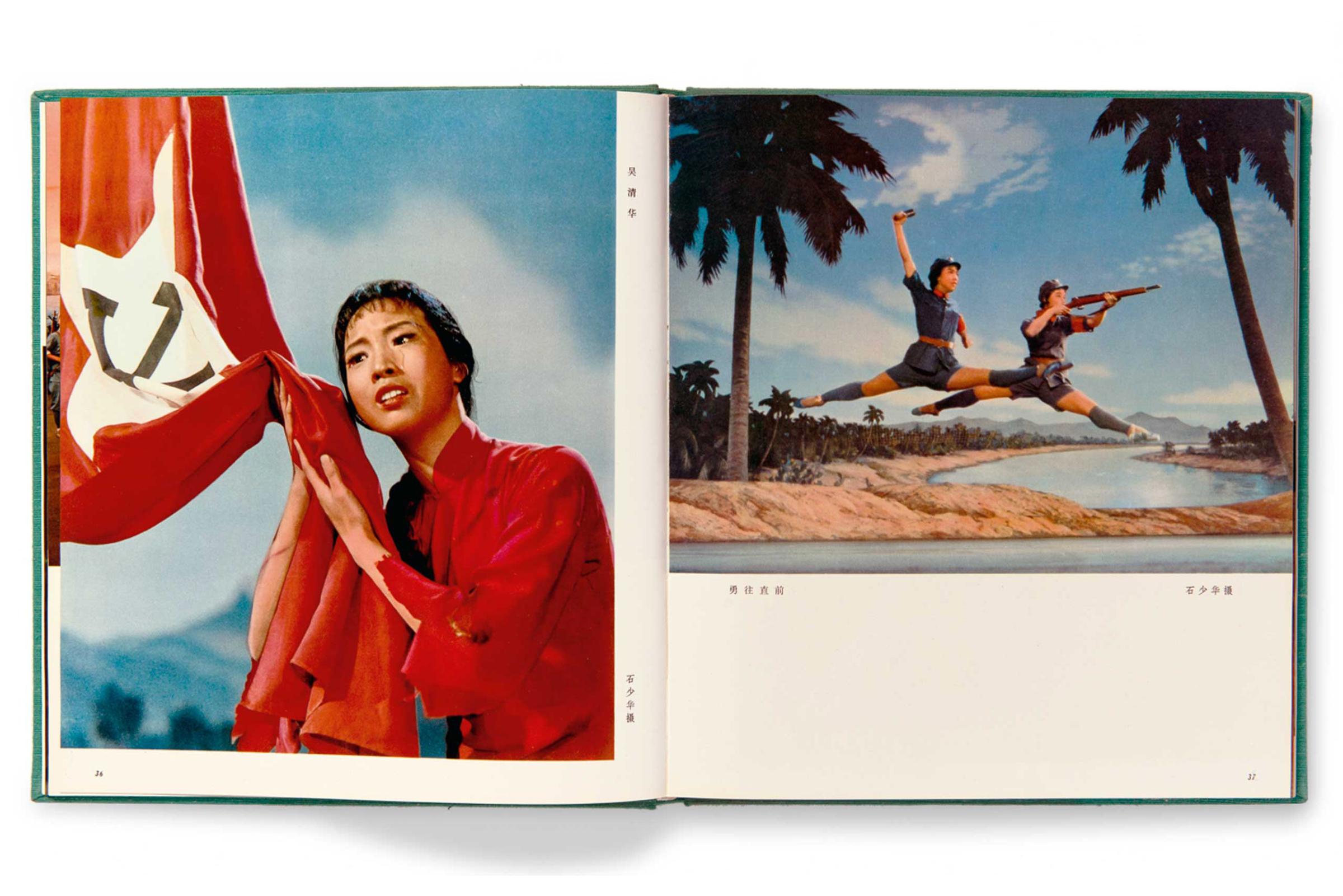
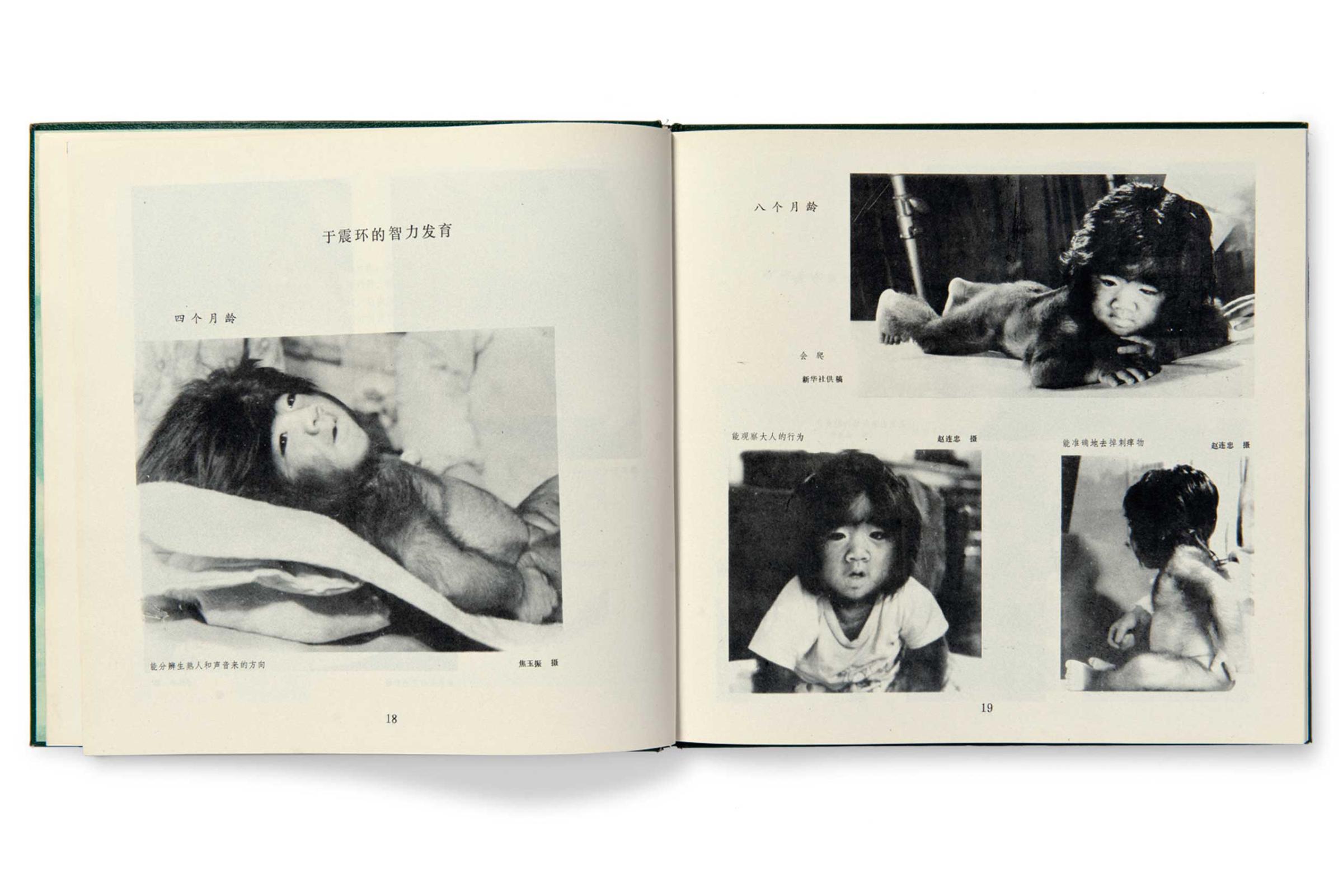
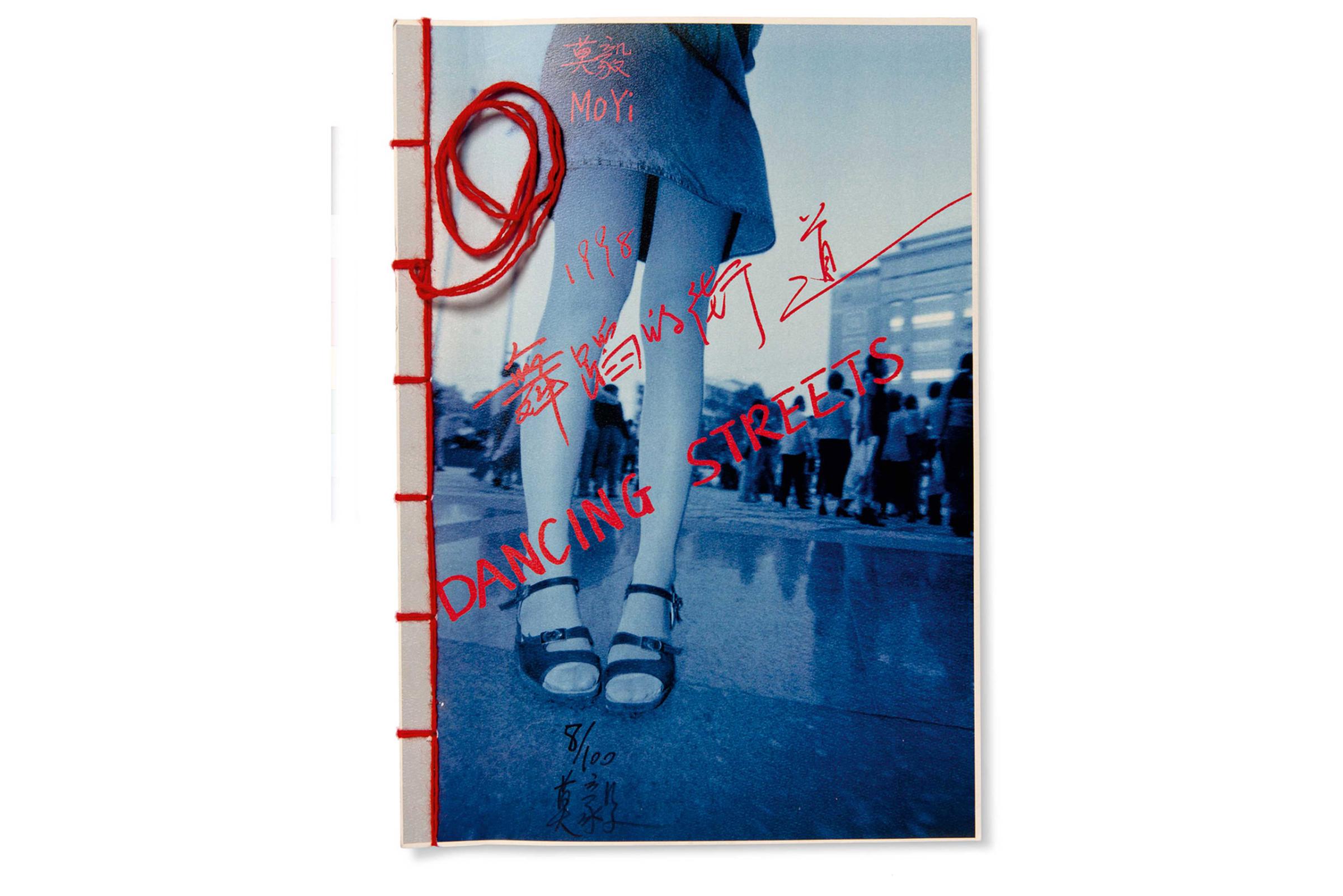
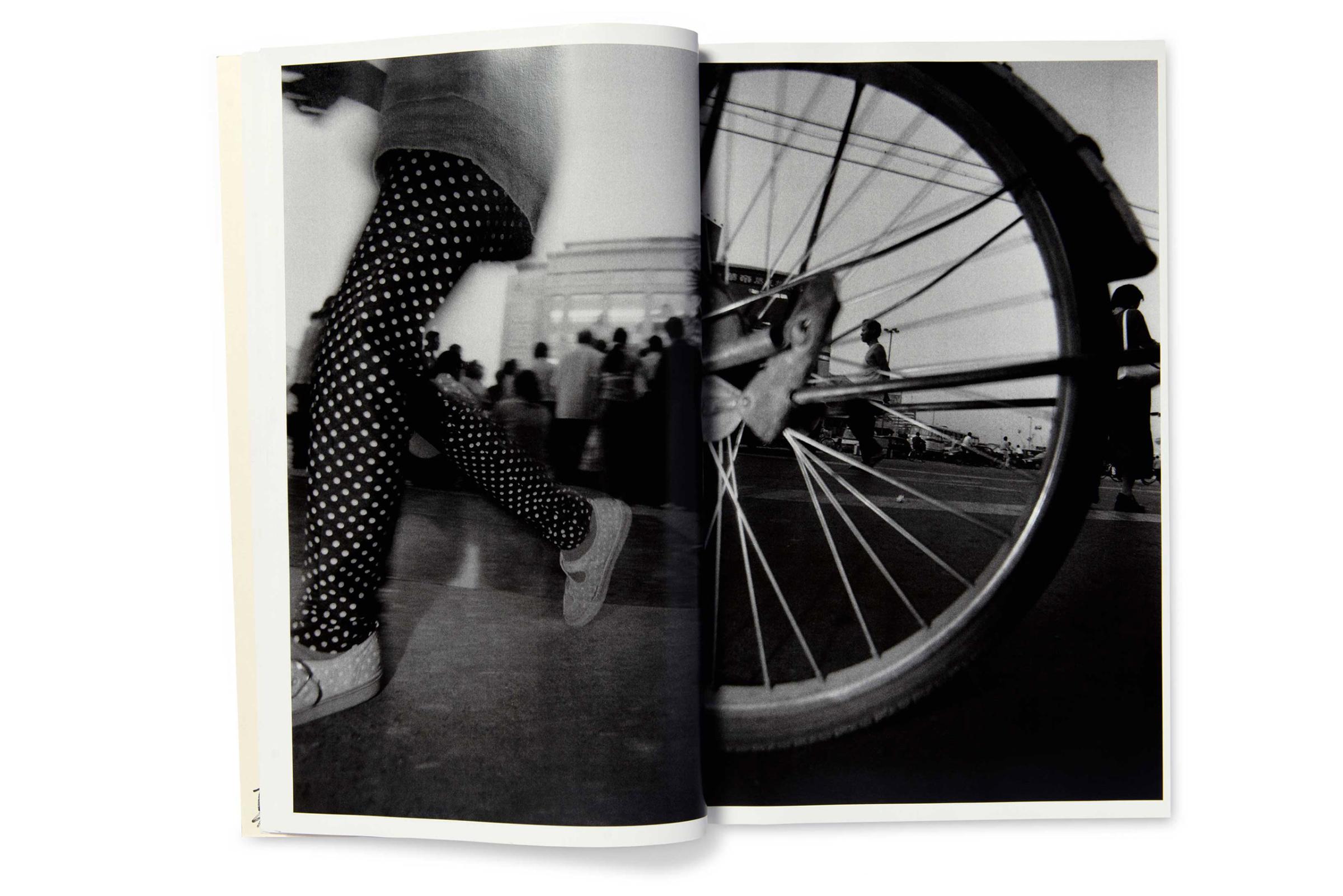

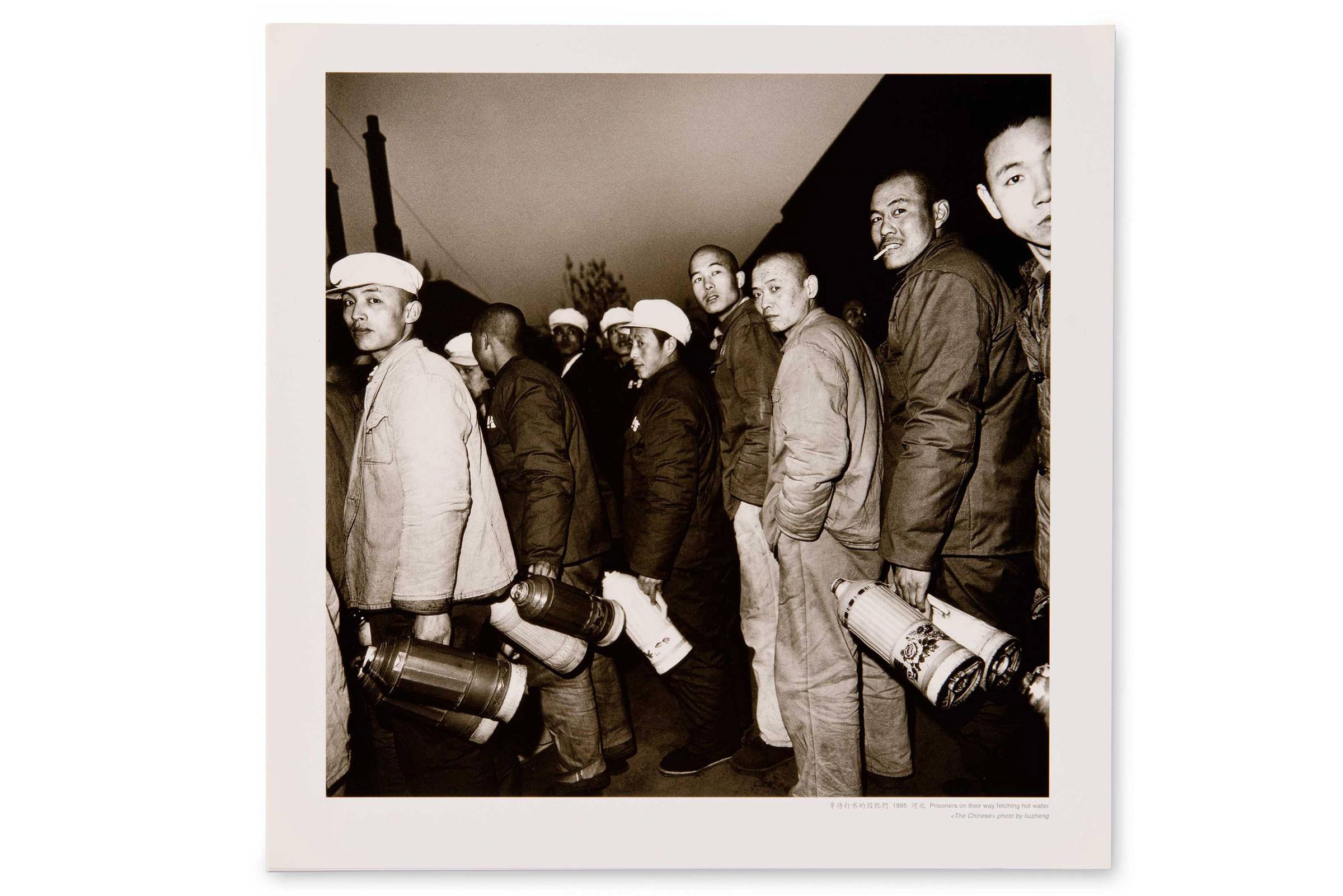
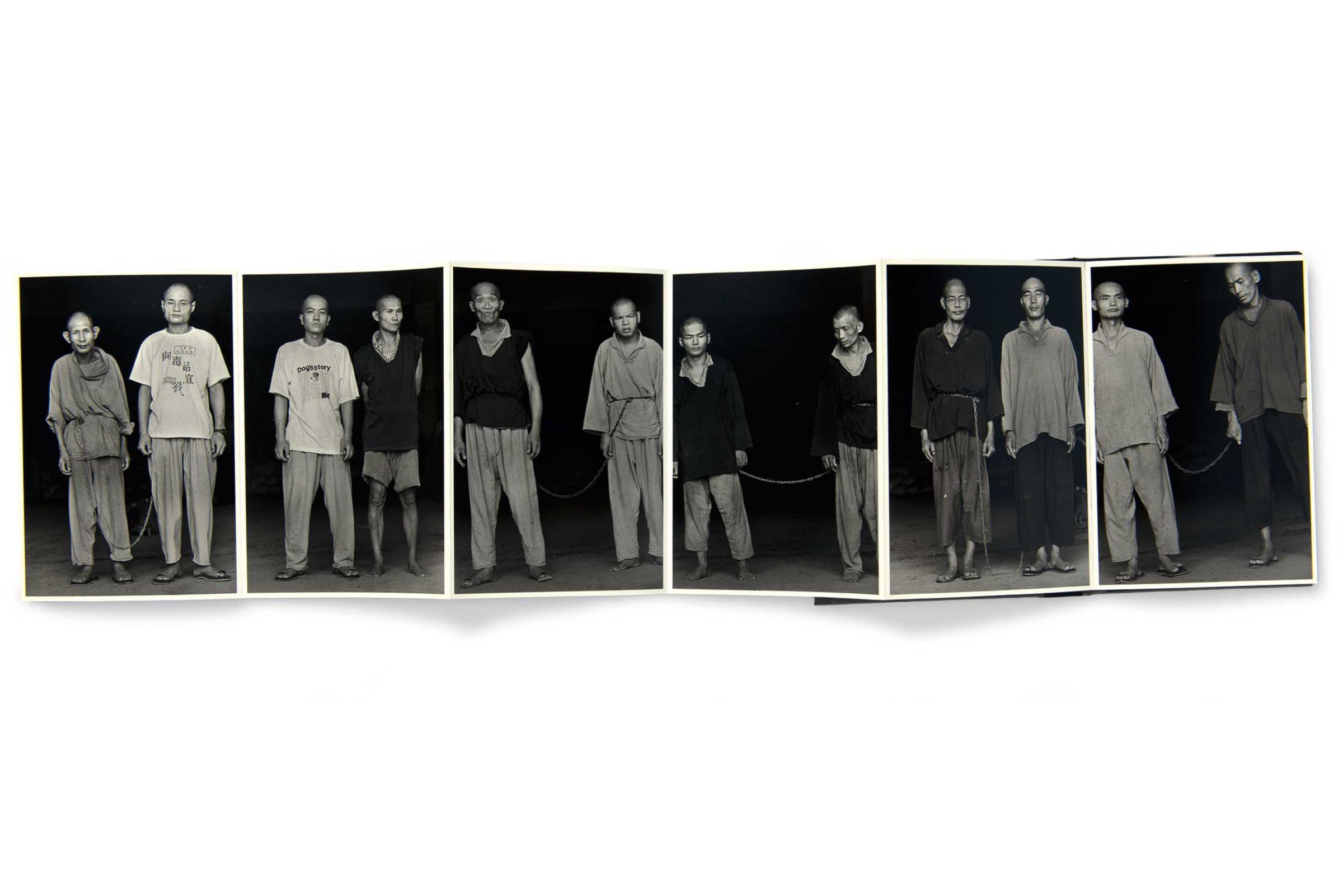


More Must-Reads From TIME
- The 100 Most Influential People of 2024
- Coco Gauff Is Playing for Herself Now
- Scenes From Pro-Palestinian Encampments Across U.S. Universities
- 6 Compliments That Land Every Time
- If You're Dating Right Now , You're Brave: Column
- The AI That Could Heal a Divided Internet
- Fallout Is a Brilliant Model for the Future of Video Game Adaptations
- Want Weekly Recs on What to Watch, Read, and More? Sign Up for Worth Your Time
Contact us at letters@time.com